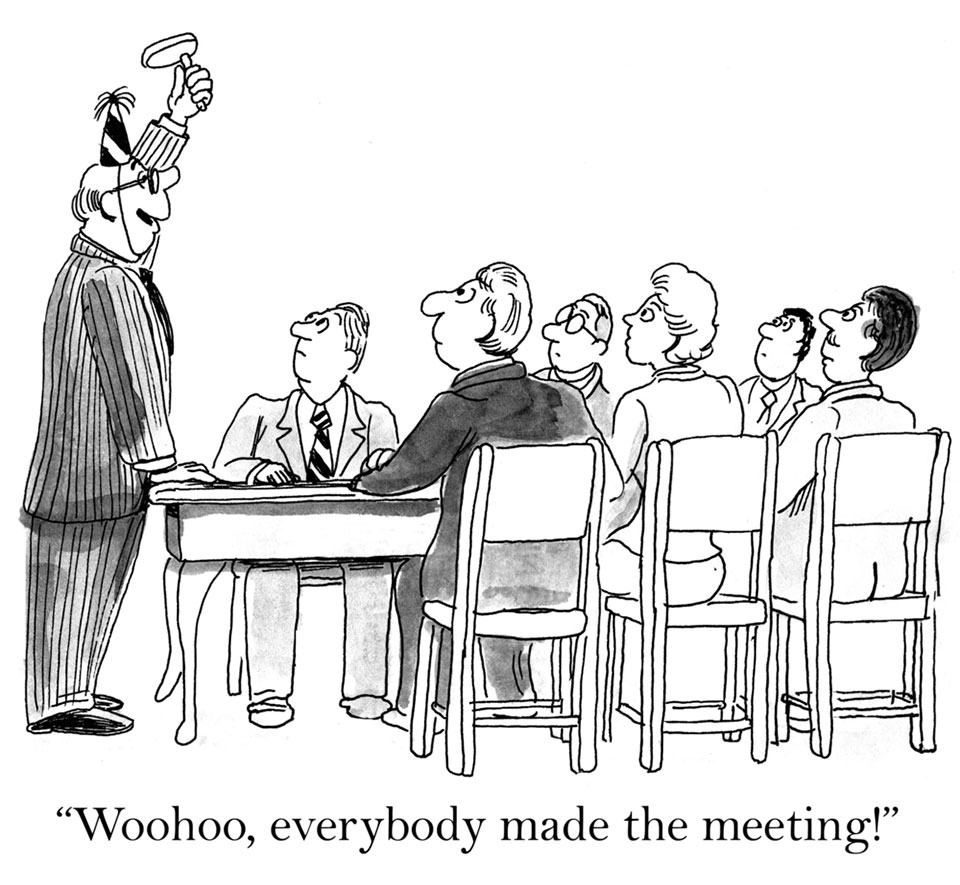3 Tips for Communicating Plans for Responding to an Existential Threat

An existential threat to a business is not just a competitive threat from another company that does something better. An existential threat threatens a company’s survival. It happens even to industry giants. Google, for instance, had unmatched algorithms among internet search engines. But Artificial Intelligence and machine learning technologies made those algorithms obsolete.
An existential threat hit medical equipment manufacturers when some companies branded themselves as “medical service operators.” Their pay-per-use business model provides hospitals, and medical imaging centers access to equipment without having to purchase it.
The COVID-19 pandemic crisis brought existential threats to many businesses – even schools.
To survive an existential threat, a company must do something different – not merely better. Technologies enable creating better value to change competitive positioning. But doing something different goes beyond innovating through technology. It requires changing the business model. That kind of change is extensive, broad, and deep, and it carries a high risk of failure.
As CEO, you have the challenge of communicating to employees the new direction for your company’s plans on how to respond to an existential threat. This communication is crucial to your company’s success. Otherwise, employees will resist the extensive change, and it could result in costly delays to progress, or even result in failure.
Here are three tips for communicating the new direction effectively.
- Communicate with everyone in the organization
To avoid pushback to change, you need to communicate the new strategic intent to all employees at the outset, from senior stakeholders on down through all levels of your organization. The goal is to change their natural mindset of change resistance to a response of wanting to get on board and even suggesting ways to help achieve the strategic intent.You must ensure that they accept personal ownership for actions that deliver the desired change. Make sure your initial communication explains the need for the difference and how your company can succeed in the new direction. Spend enough time and effort on this communication to build their belief in the goals and potential success so that they will commit to the change.
Make sure your employees understand how the new product or service differs from what other companies deliver. How will potential customers perceive this difference? Why will they want what your company offers in this different direction?
Focus part of your initial communication on your expectations for employees. A valuable key to success is communicating how they can work together and become high performing teams. For example, ensure employees and managers work in cross-functional teams. Make sure teams include both baby boomers and millennials. These approaches eliminate silos, avoid tunnel vision, and enable speed and agility.
- Be transparent
As you communicate the new direction, you may not yet know all that is necessary. Undoubtedly your company will face unforeseen challenges in its journey.What if you do not know all the answers at the outset? Be transparent – admit it when you do not understand something. State that you will update them regularly and directly regarding new challenges and the process toward achieving the strategic intent.
Transparency and honesty build trust. If your employees believe you are honest and trustworthy, they will be loyal and trust your guidance as you lead through the change.
- Show empathy
Uncertainty breeds fear, which causes people to cling to the familiar and resist change. As the CEO leading through change, you need to influence employees, including senior executives, to act and move forward. You need to help them become resilient through change.A significant component of your communication is listening and showing empathy. It’s crucial to your success as a leader. By listening to their concerns, you demonstrate that you believe in your people’s opinions and care about them. Listening also yields valuable information as you gain an understanding of their agendas and what drives their behaviors.
Lean into the headwind
Existential threats to businesses are not new. Nor will they end after the COVID-19 crisis ends. Companies in St. Louis in the early 1800s thrived because the city’s location near the confluence of the Mississippi and Missouri Rivers made it the ideal hub for steamships transporting people and goods. But then came railroads. This existential threat shifted businesses to Chicago, which quickly sprouted ten railroads and related commercial companies. The railroads thrived, and the steamship transportation business did not survive.
As Amazon founder and CEO Jeff Bezos advises, companies need to lean into the future when the world changes around them or against them, and executives must lean into that headwind and figure out what to do. As CEO, you develop strategic intent for responding to an existential threat; its success will depend significantly on your communication skills and your empathetic approach to employees who need to trust your guidance.
Commentary by Divya Parekh. Here’s what you’ve missed?
Richest Self-made Women In The United States.
Crewed MegaYacht charter in Greece and the Greek Islands.
The World’s Best Luxury Superyacht Charters And Builders.
World’s Best Hospitality And Hotel Management Schools.
Add CEOWORLD magazine to your Google News feed.
Follow CEOWORLD magazine headlines on: Google News, LinkedIn, Twitter, and Facebook.
This report/news/ranking/statistics has been prepared only for general guidance on matters of interest and does not constitute professional advice. You should not act upon the information contained in this publication without obtaining specific professional advice. No representation or warranty (express or implied) is given as to the accuracy or completeness of the information contained in this publication, and, to the extent permitted by law, CEOWORLD magazine does not accept or assume any liability, responsibility or duty of care for any consequences of you or anyone else acting, or refraining to act, in reliance on the information contained in this publication or for any decision based on it.
Copyright 2024 The CEOWORLD magazine. All rights reserved. This material (and any extract from it) must not be copied, redistributed or placed on any website, without CEOWORLD magazine' prior written consent. For media queries, please contact: info@ceoworld.biz
SUBSCRIBE NEWSLETTER








